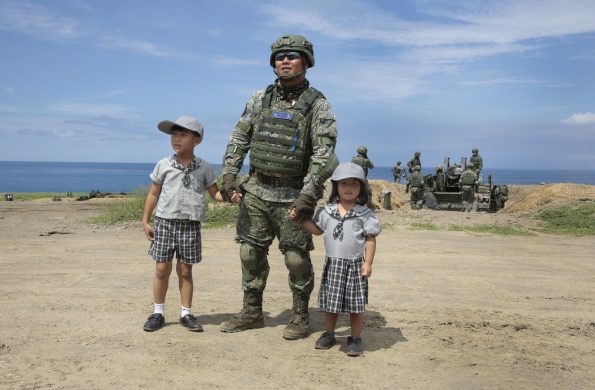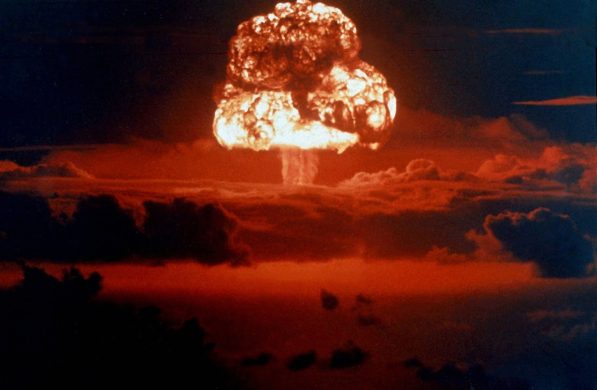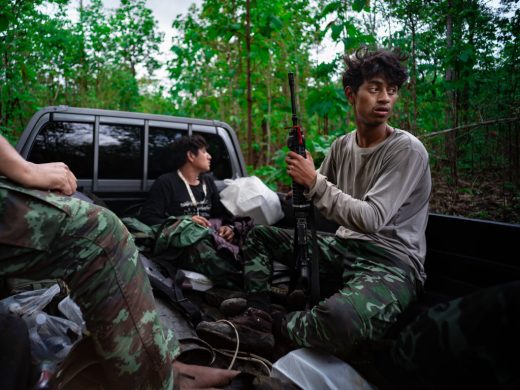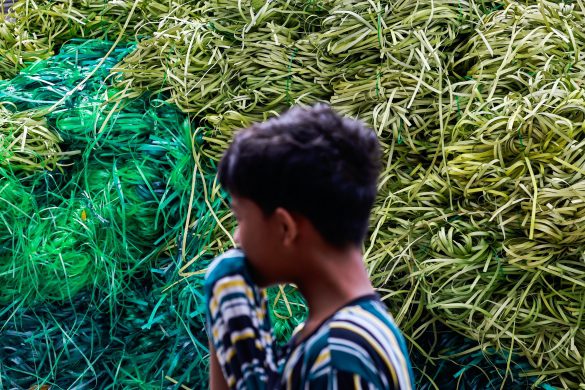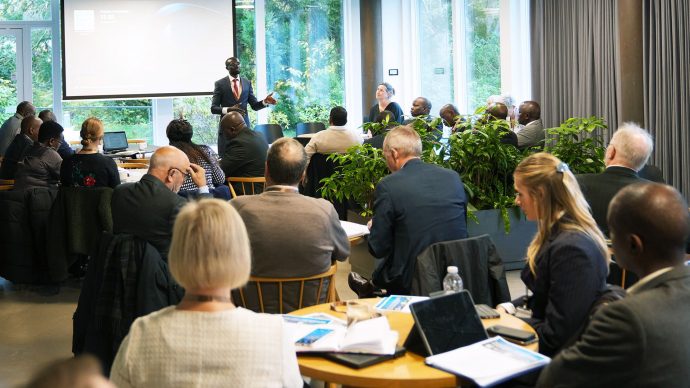PAKISTAN: Sindh flood victims „forgotten‟ – Aid derailed for many flood survivors
DADU, 16 November 2010 (IRIN) – Like tens of thousands of others in the southern province of Sindh, Ghulam Uddin and his family of eight are all but marooned (ladt i stikken) more than 100 days after floodwater started swamping huge chunks of Pakistan in late July.
Chest-deep water surrounds their house in a village in Dadu district, which has turned fields into lakes and destroyed all of Uddin’s carefully cultivated crops, and though it is possible to wade through the water, it is not easy.
– I cannot see how we are going to get back to anything resembling normal. My elderly mother insisted we come back because she hated life in the camps (set up to provide emergency shelter), Uddin told IRIN.
His house has been badly damaged, and the family is living in the open, dependent on hand-outs of food. Most of the other villagers have not yet returned.
– There are around one and a half million people in Sindh who are still primarily displaced and have not been able to return home, and about another one and a half million who have managed to get close to their houses, but not move back, Thomas Gurtner, the UN Principal Humanitarian Advisor for Sindh, told IRIN.
In Dadu district there were still a “few thousand people” marooned, but it was “very hard to know exactly how many,” he said. Most people whose homes were surrounded by water had been “reached at least once if not twice by tractors, trolleys and so on for the delivery of humanitarian aid.”
Life is not easy for those who have returned home.
– Things here are tough. Our house is badly damaged and we have lost all our livestock, said Saleem Ahmed, 50, who lives in the town of Khairpur Nathan Shah in Sukkur district, adding: – We are being forgotten, and will just have to manage on our own.
Donations down
Anwar Kazmi, a spokesman for the charitable Edhi Foundation, told IRIN: – We are focusing on providing seed and fertilizer to flood victims who have returned home.
Many other organizations are also providing what assistance they can, but media attention has swung away from flood victims and donations are thinner.
– In August, at the height of the floods, most people who came to my shoe shop put in a few coins or currency notes for flood victims (in a collection box on the counter). Now hardly anyone does, said Muhamad Inayat, a trader in the Saddar area of Karachi, capital of Sindh Province.
Claire Seaward, Advocacy, Media and Communication Manager for the UK-based charity, Oxfam, told IRIN:
– There is a real danger that this crisis will be forgotten, and we need to do everything we can to prevent that from happening. While recovery work is underway in many areas as people have moved back home, large areas of … Sindh are still under water, around 1 million remain displaced, and only a tiny percentage of people have received any shelter – the emergency is not over.
She added:
– The world has been hit hard by crises in 2010, and funds are running low, but with nearly seven million Pakistanis living without shelter and winter fast approaching, aid is needed now more than ever.
According to the UN Office for the Coordination of Humanitarian Affairs (OCHA), “The revised Pakistan Floods Emergency Response Plan (FERP) envisages activities costing 1,93 billion US dollar over a one-year timeframe‟.
So far, around 867,4 million dollar (44,8 percent of requirements) has been contributed, and a further $5.9 million has been pledged, leaving a considerable gap.
Kilde: FN-bureauet IRINnews


